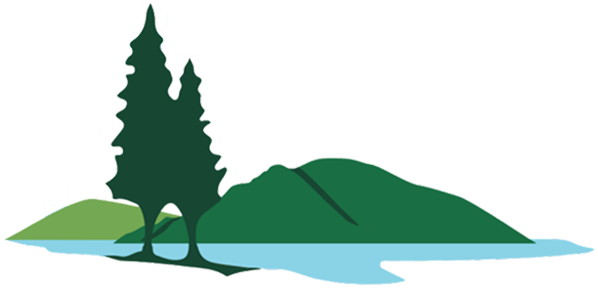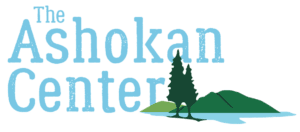Choose the components that fit your school’s needs:
Virtual Professional Development Session for Teachers: This session is scheduled at the start of the program to provide teachers with an in-depth understanding of Biomimicry and the link to curriculum and standards.
In-School Program (Introduction to Biomimicry): This program will use PowerPoint and actual bio-inspired products to help students better understand nature as a source of ideas and the concept of bio-inspired design. Students will participate in an exercise that asks them to match organisms with bio‐inspired products. This will be followed by a discussion of why the organism was used. This program can be done as a 1- hour assembly for a full grade level or done as an in-class program for individual classes throughout the day.
Day Trip to Ashokan (Investigating Structure and Function in Nature): To inspire students’ keen power of observation and exploration students will explore the Ashokan ecosystems to look for models of structure and function and participate in a Botanical Art exercise.
In-School Program (Biomimicry Design Challenge): Using strategy students learned from organisms on their trip to The Ashokan Center, students will be put into design teams to participate in a simple biomimicry design challenge, given time to work on their design and present it.
NYS P-12 Science Learning Standards
MS-ETS1-2 Evaluate competing design solutions using a systematic process to determine how well they meet the criteria and constraints of the problem.
MS-SL2-5 Evaluate competing design solutions for maintaining biodiversity and protecting ecosystem stability.
MS-ESS3-2 Analyze and interpret data on natural hazards to forecast future catastrophic events and inform the development of technologies to mitigate their effects.
MS-ETS1-1 Define the criteria and constraints of a design problem with sufficient precision to ensure a successful solution, taking into account relevant scientific principles and potential impacts on people and the natural environment that may limit possible solutions.
HS-LS2-7 Design, evaluate, and refine a solution for reducing the impacts of human activities on the environment and biodiversity.
HS-ESS3-2 Evaluate competing design solutions for developing, managing, and utilizing energy and mineral resources based on cost-benefit ratios.
HS-ETS1-2 Design a solution to a complex real-world problem by breaking it down into smaller, more manageable problems that can be solved through engineering.




